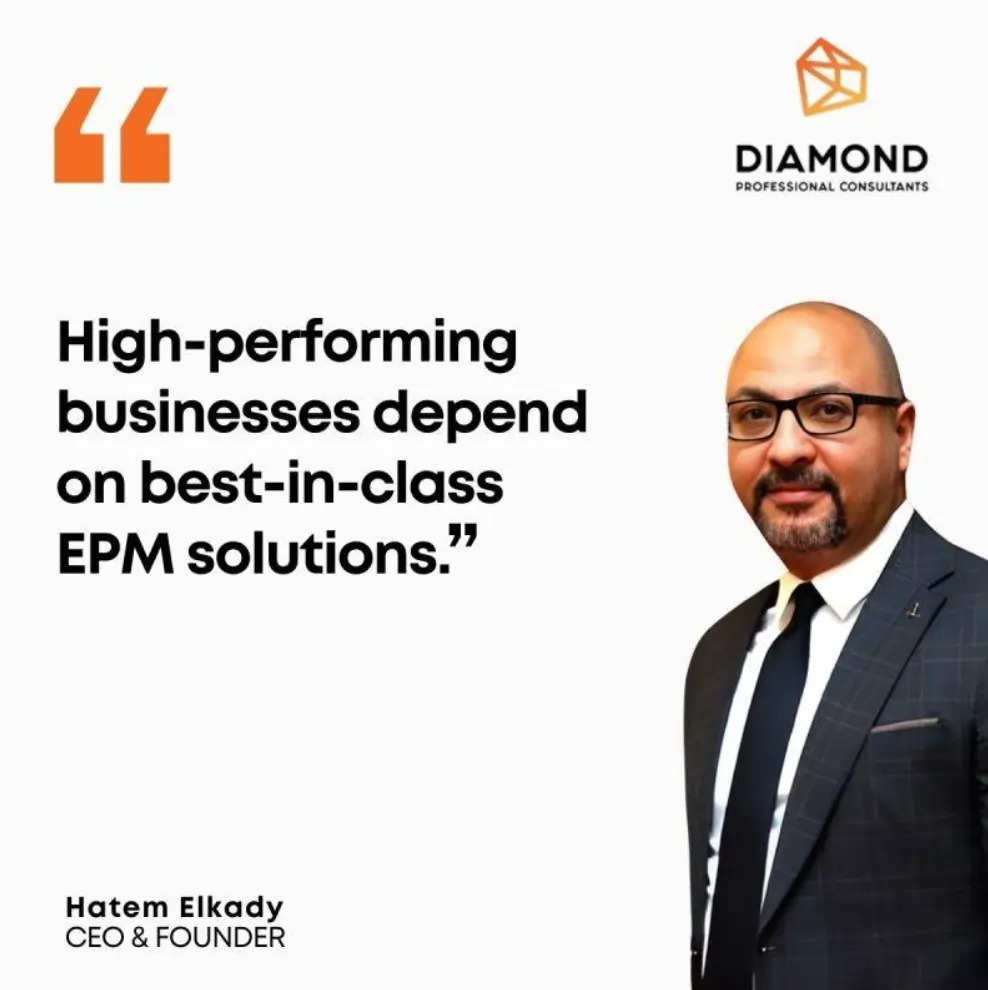The Problem Nobody Talks About.
It’s 11 PM. You’re in the office before the board meeting tomorrow, digging through spreadsheets, trying to answer one simple question:
“Who changed the revenue number? Why is there a delay in system integration and reporting? Why Budget vs. actual headcount mismatches?”
Nobody knows.
Definitely, it sounds familiar, right? If you’re a CFO, CHRO, FP&A leader, or CIO, you’ve probably lived this moment more than once.
You’re not alone. Most companies are dealing with data scattered all over the place — in isolation in different departments, different systems, and different versions of Excel. It’s like trying to solve a puzzle when half the pieces are hidden.
In this article, you’ll learn:
- Why disconnected systems are costing your company money – The hidden price you’re paying right now
- The Excel Problem – Why spreadsheets can’t handle modern business
- How Oracle EPM solves this problem – What actually changes when systems talk to each other
- Why companies trust Oracle EPM – Real results from real clients
- The Six Questions That Tell You It’s Time – Know if your business is ready for an intelligent performance system. Whether you’re in finance, IT, Supply Chain, or HR, there’s something here for you.
What Does Disconnected Data Actually Cost You? Harvard Business Review insight.

Let’s look at the numbers. Harvard Business Review found that when systems don’t talk to each other, companies lose money and time everywhere:
➤ Supply Chain: Orders move 11% slower, which means missed revenue
➤ Planning: Budget cycles take 10% longer, affecting quarterly results
➤ Customer Service: Returns and onboarding are delayed by 12-18%, hurting retention
➤ Finance: Cash flow gets tied up—receivables take 16% longer, and vendor payments are 20% slower
➤ HR & Hiring: Offer letters and hiring processes slow down by 8-14%, making it hard to attract and retain talent
All of this adds up to what experts call “disconnection debt”—the hidden cost of systems that don’t work together. Disconnected systems quietly drain efficiency, cash flow, and confidence across your organization.
So, the question is — how connected is your enterprise today?
The Excel Problem Is Real.

Here’s a hard truth: 73% of finance teams still compile data manually. And if your FP&A team is running budgets and forecasts in Excel, you’re competing with spreadsheets from 1985.
Yes, we agree that Excel is powerful, but here’s what it can’t do when things get messy:
- When disruptions hit—a supplier goes down, prices jump, demand shifts—93% of organizations can’t reforecast quickly. Excel just sits there. Multiple versions float around. Nobody knows which one is correct. Your best forecasts become guesses.
- For CIOs managing IT infrastructure, this also means maintaining fragmented systems, patching inconsistencies, and dealing with security gaps across disconnected platforms.
- For CHROs managing people, it’s equally painful—you can’t see real headcount costs against budgets, hiring decisions take longer, and payroll integration is a nightmare.
So What Does Oracle EPM Actually Do?
Oracle Enterprise Performance Management (EPM) is built to solve these problems. It’s not magic. It’s a system of systems that connects planning, budgeting, forecasting, and reporting — across every department, where all your data actually talk to each other in collaboration.
Here’s what it delivers:
→ Everything connects: All your data from all your departments lives in one place. No more hunting through five different systems. For CIOs, this means simpler architecture and fewer integration headaches.
→ Real-time visibility: Your leaders see what’s actually happening right now—not what happened yesterday or last week. They make faster, smarter decisions. For CFOs, this means you know your cash position instantly. For CHROs, this means you can answer staffing questions in real time.
→ Automatic accuracy: The system catches mistakes before they happen. No more manual fixing. One client saved $14 million just by syncing inventory and planning in real time.
→ Speed: Your finance team closes the books 92% faster. That’s going from 15 days down to 5 days. That’s real time back for actual thinking and strategy.
→ Teamwork: When everyone can see the same numbers, departments stop fighting over which version is correct. People work together instead of around each other.
Why Companies Trust Oracle EPM & Diamond (Partner of Oracle)?

Why Companies Trust Oracle EPM & Diamond (Partner of Oracle)
Industry leaders across finance, operations, supply chain, and HR rely on Oracle EPM because it works. Our clients, when moved to Oracle EPM, saw real results: faster closes, better forecasts, smarter decisions, and teams that actually trust the data.
As an Oracle partner, Diamond Professional Consultants help companies in government, healthcare, aerospace, hospitality, telecommunication, and retail to navigate the transition smoothly. We handle the complexity so you get the benefits of Oracle EPM.
CFOs, CHROs, CIOs, FP&A: Different Roles, Same Pain.
↳ For CFOs & FP&A Leaders: You need one source of truth for planning and forecasting. Multiple Excel files mean multiple versions of the truth—and that costs money and credibility.
↳ For CIOs: You’re managing systems that don’t talk to each other. You’re patching gaps, managing security risks, and supporting workarounds. Oracle EPM means fewer systems to manage and a more secure infrastructure.
↳ For CHROs: You’re trying to forecast headcount, manage payroll, and align HR data with business strategy. When HR data is disconnected from financial planning, hiring decisions become reactive instead of strategic.
↳ For Controllers & Finance Teams: You’re stuck in manual reconciliation, wrestling with multiple versions of plans, and answering questions that take hours to track down.
The 6 Questions That Tell You It’s Time for Oracle EPM.
Before you think “this is someone else’s problem,” ask yourself these questions:
- Are your CFO and department heads constantly asking for better ways to understand your data?
- Is your data scattered across departments, making it hard to manage?
- Do you have siloed systems that block visibility across the business?
- Do your teams struggle to find the root cause when something goes wrong?
- Is your reporting slow and frustrating?
- Are big financial decisions based more on gut feeling than on actual data?
If you answered yes to even three of these, your business is ready for an EPM system.
What Changes When You Make the Switch?

✦ Your teams spend less time on data entry and more time on strategy.
When companies move to a connected Oracle EPM, a few things happen immediately:
✦ Your teams spend less time on data entry and more time on strategy.
✦ Your CFO actually trusts the numbers.
✦ Your IT team manages fewer systems and spends less time on custom integrations.
✦ Your HR team can forecast with confidence.
✦ Budget adjustments don’t happen every other week.
✦ People in different departments can finally see how their work affects the company.
✦ Decisions happen faster because everyone has insights in real-time.
It’s not revolutionary. It’s just a bare minimum.
Let’s Talk About Your Business.
The question isn’t whether you need a better system. The question is how much money you’re leaving on the table by not having one.
Disconnected systems slow down your business. Manual data work wastes your smartest people’s time. Wrong decisions happen because the information is wrong or too old.
Oracle EPM isn’t complicated technology. It’s just about getting all your data to work together so your business actually works better and you can make better decisions.
If this sounds like your situation, it might be worth a conversation. That’s where we come in. Diamond Professional Consultants is an Oracle partner with the experience to help you build the connected enterprise you need.
Let’s solve your data challenges together.
📧 Contact Us: hello@diamond-dpc.com
🌐 Visit us at: diamond-dpc.com
📱 Call us: +966 50 046 1810
🔗 Follow Diamond Insights on LinkedIn for more industry insights, the latest trends & innovations – you need to make smarter data-driven decisions.
Diamond Professional Consultants – Grow Better. Develop Better. Deliver Better.





